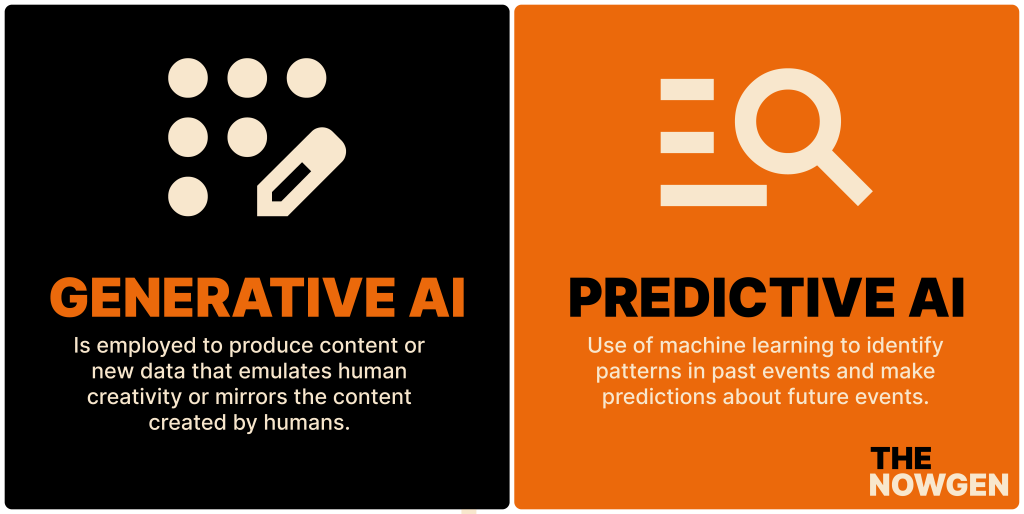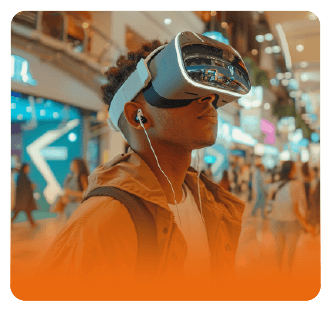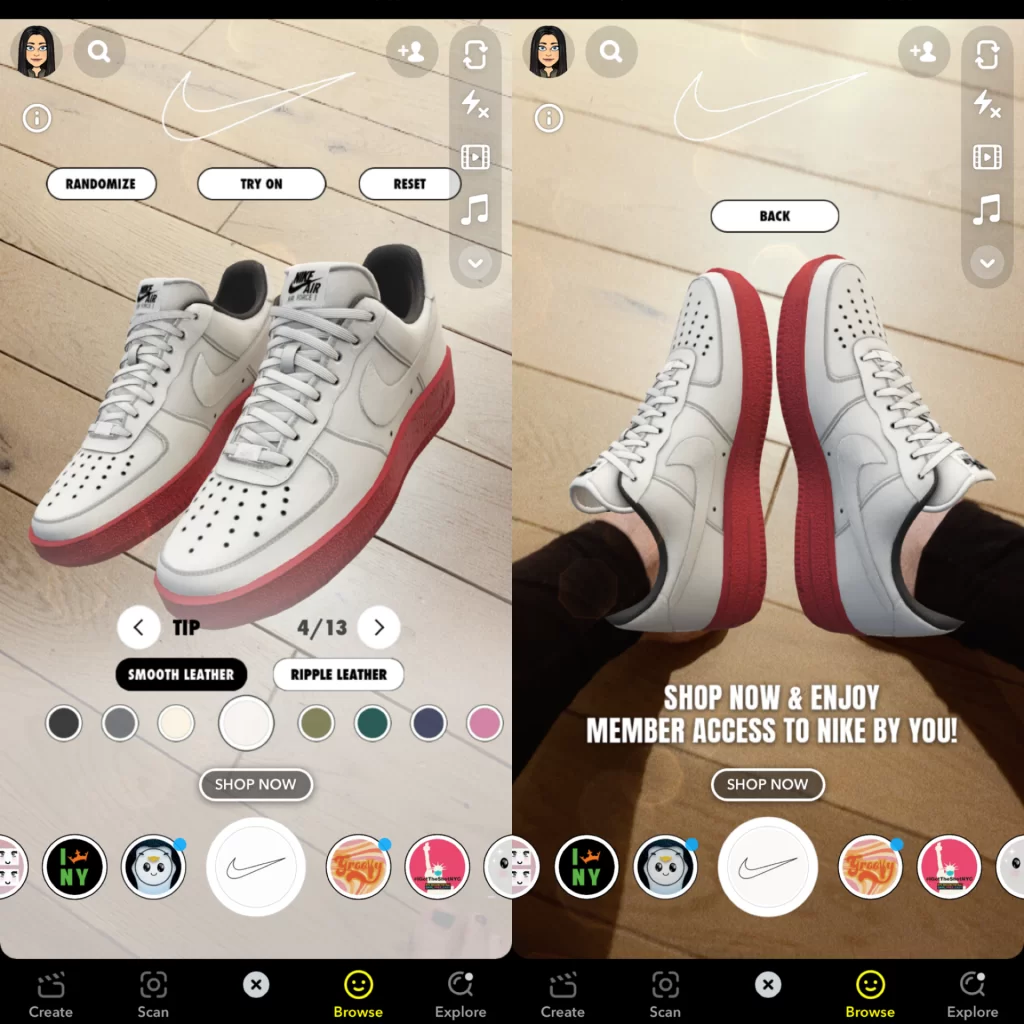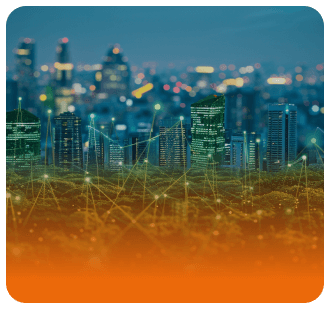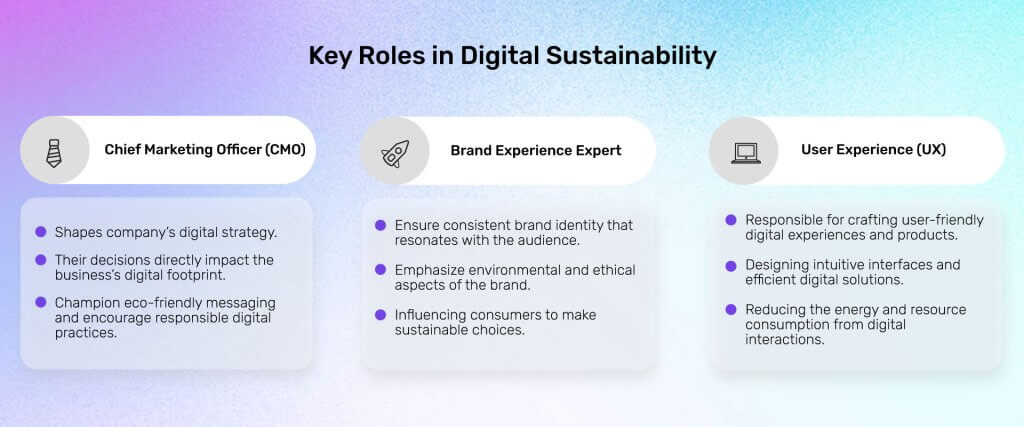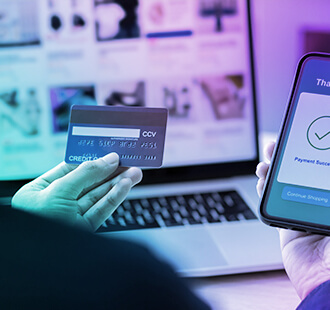
In today’s rapidly evolving digital sphere, where consumer behavior and market dynamics shift constantly, social listening emerges as a critical tool for marketers. It provides a nuanced understanding of customer sentiments, preferences, and trends, empowering brands to navigate the competitive landscape with agility and insight.
Defining Social Listening
Social listening encompasses systematically monitoring and analyzing online discussions across various platforms—social media channels, forums, blogs, and news sites. It goes beyond mere tracking of mentions to decipher underlying sentiments and extract actionable insights that inform strategic decision-making.
The Role of Social Listening in Modern Marketing
Social listening serves as a real-time radar, capturing and interpreting the pulse of consumer perceptions and behaviors. By harnessing this data, marketers gain invaluable insights into what drives customer engagement, enabling them to tailor their strategies promptly and effectively. This proactive approach enhances responsiveness and fosters a deeper connection between brands and their audience.
Key Benefits of Social Listening
- Enhancing Customer Engagement: By promptly responding to customer queries and feedback, brands demonstrate attentiveness and build trust.
- Identifying Customer Pain Points and Needs: Through analysis of discussions, brands uncover recurring issues and desires, guiding product development and service improvements.
- Monitoring Brand Mentions and Sentiment: Continuously assessing how the brand is perceived helps maintain a positive reputation and swiftly address potential crises.
- Early Detection of Industry Trends: Anticipating emerging trends and consumer preferences allows brands to innovate, gaining a competitive edge.
- Driving Product Development and Innovation: Insights gleaned from social listening provide valuable input for refining existing products or launching new ones that resonate with the market.
- Crisis Management and Reputation Maintenance: Proactively addressing negative sentiment or crises protects brand reputation and preserves customer trust.
- Building Stronger Customer Relationships: Personalizing interactions based on insights fosters loyalty and long-term customer relationships, enhancing lifetime value.
Leveraging Social Listening for Competitive Analysis
By analyzing competitors’ social media strategies, customer sentiment, and market positioning, brands gain a comparative advantage. For instance, examining how competitors engage with users on platforms like Reddit can reveal valuable insights. Understanding competitors’ strengths and weaknesses enables strategic adjustments to capture market share effectively. Another example: Duolingo helps its clients by providing help tailored to social media.
Best Practices for Implementing Social Listening
Integrating social listening into broader marketing strategies involves defining clear objectives aligned with business goals. Establishing measurable metrics such as sentiment analysis, engagement rates, and ROI ensures accountability and effectiveness. Overcoming challenges like managing data overload and ensuring the accuracy of insights requires robust tools and analytical frameworks.
Measuring the Impact of Social Listening
Tracking key metrics such as sentiment shifts, engagement levels, customer satisfaction scores, and return on investment provides tangible evidence of social listening’s contribution to marketing success. These metrics quantify outcomes and inform iterative improvements in strategy implementation.
Future Trends in Social Listening
As artificial intelligence and machine learning continue to advance, the future of social listening holds promise for more sophisticated analysis and predictive capabilities. Enhanced algorithms will offer deeper insights into consumer behavior and sentiment, further refining strategic decision-making processes. Partnering with 121corp can help build robust social listening strategies, leveraging their expertise to maximize these technological advancements.
In conclusion, social listening is a cornerstone of modern marketing strategies, offering unparalleled opportunities for brands to understand, engage, and influence their audience in real-time. Embracing social listening with 121corp isn’t just advantageous—it’s essential for staying competitive and fostering sustained growth in today’s digital age.




